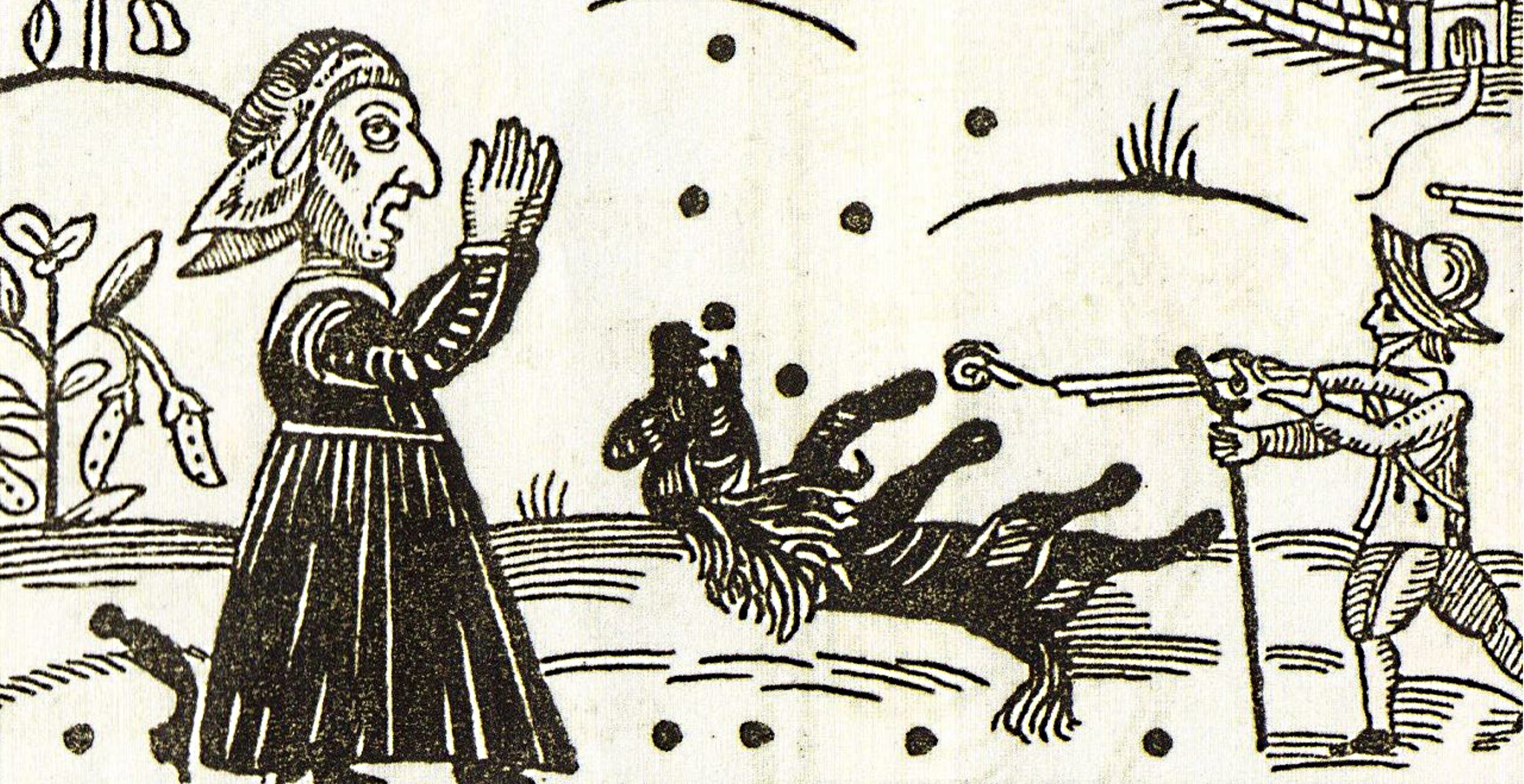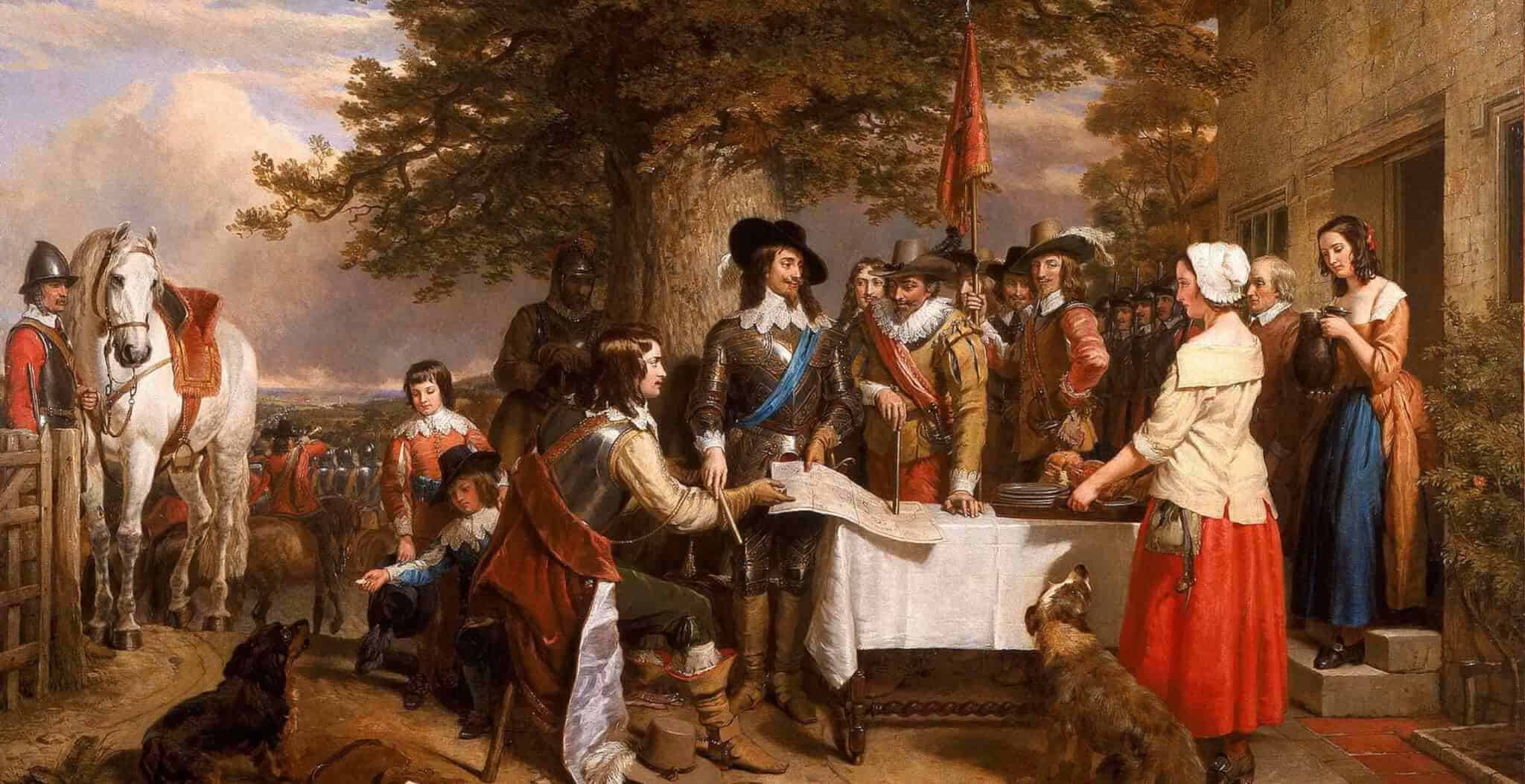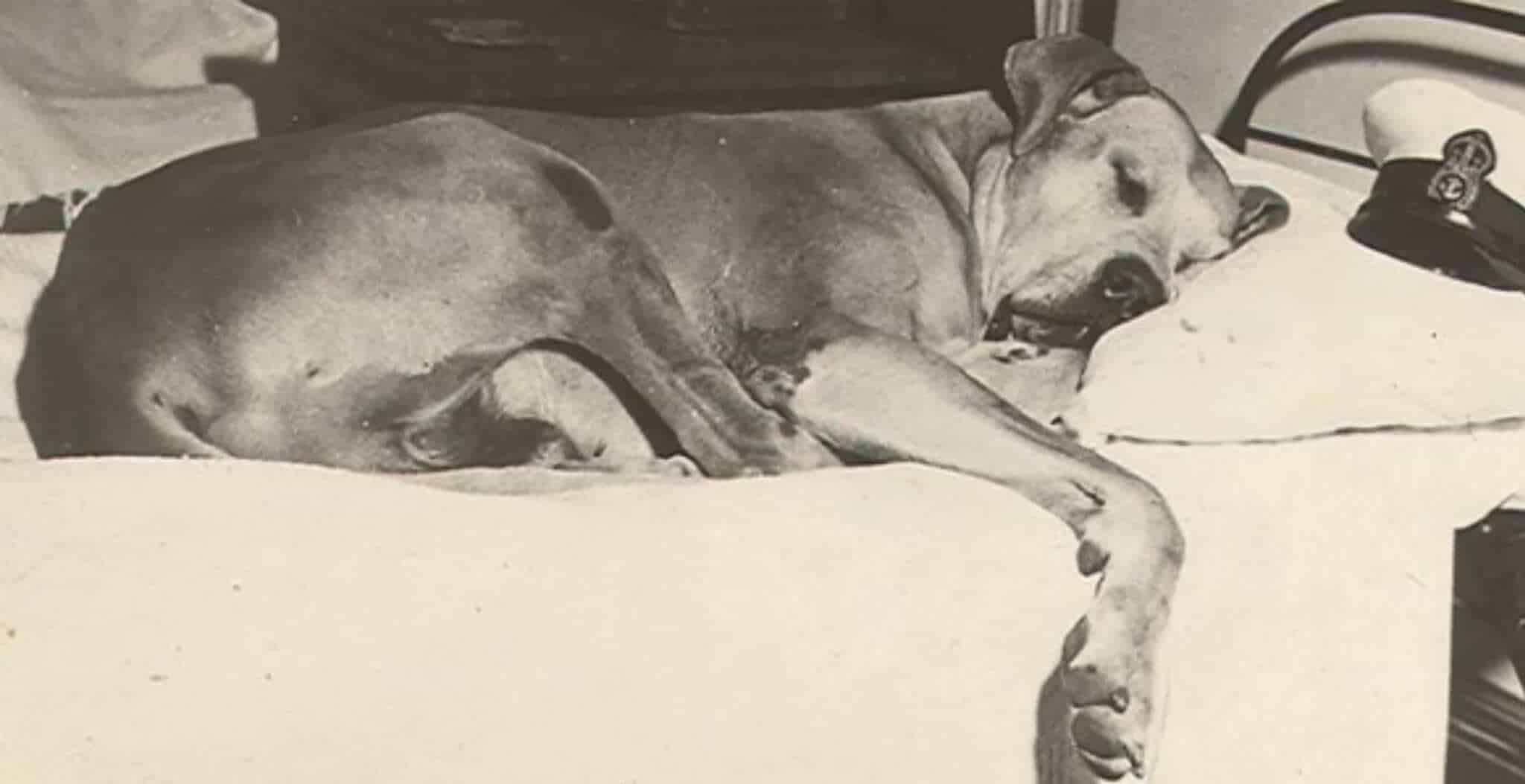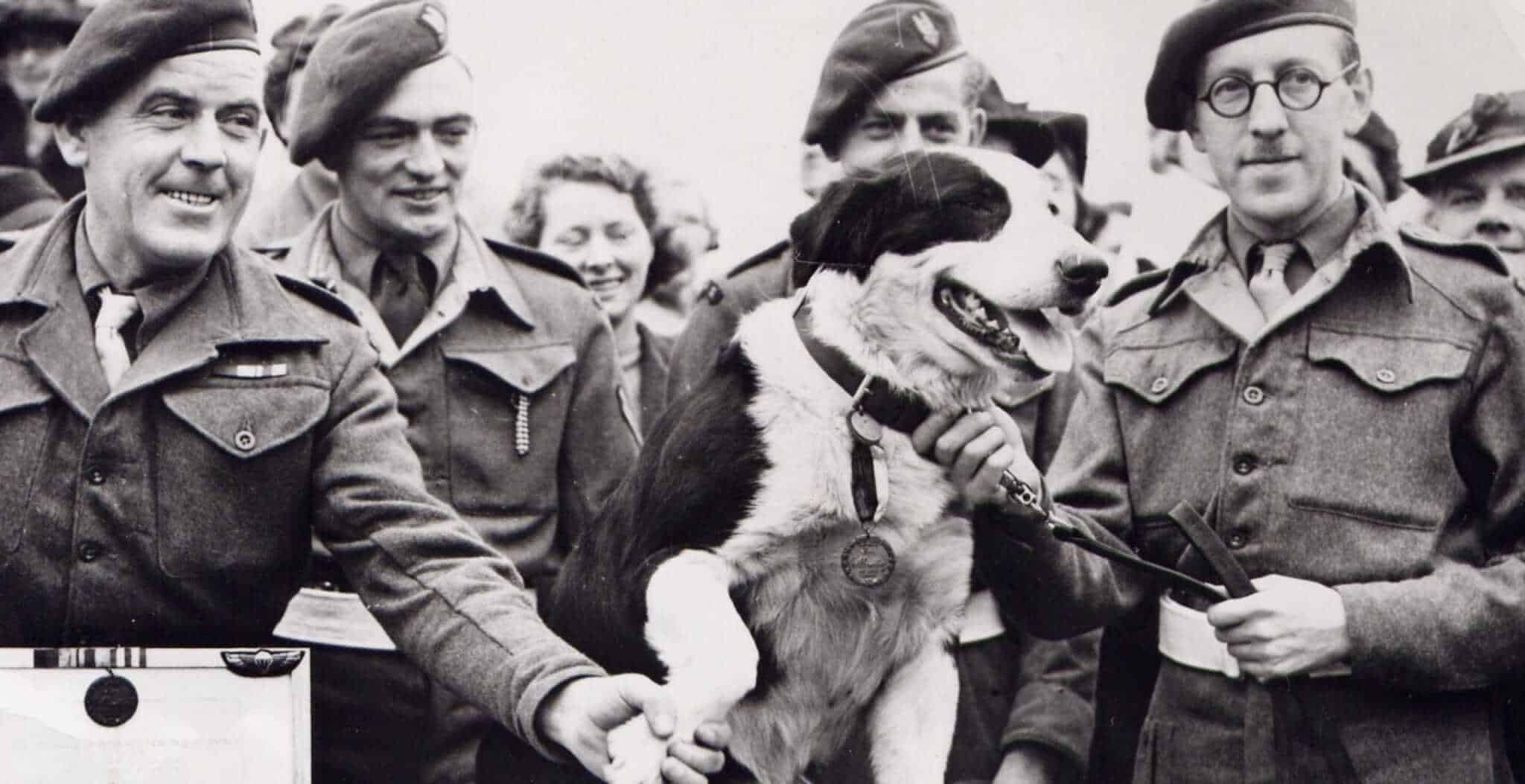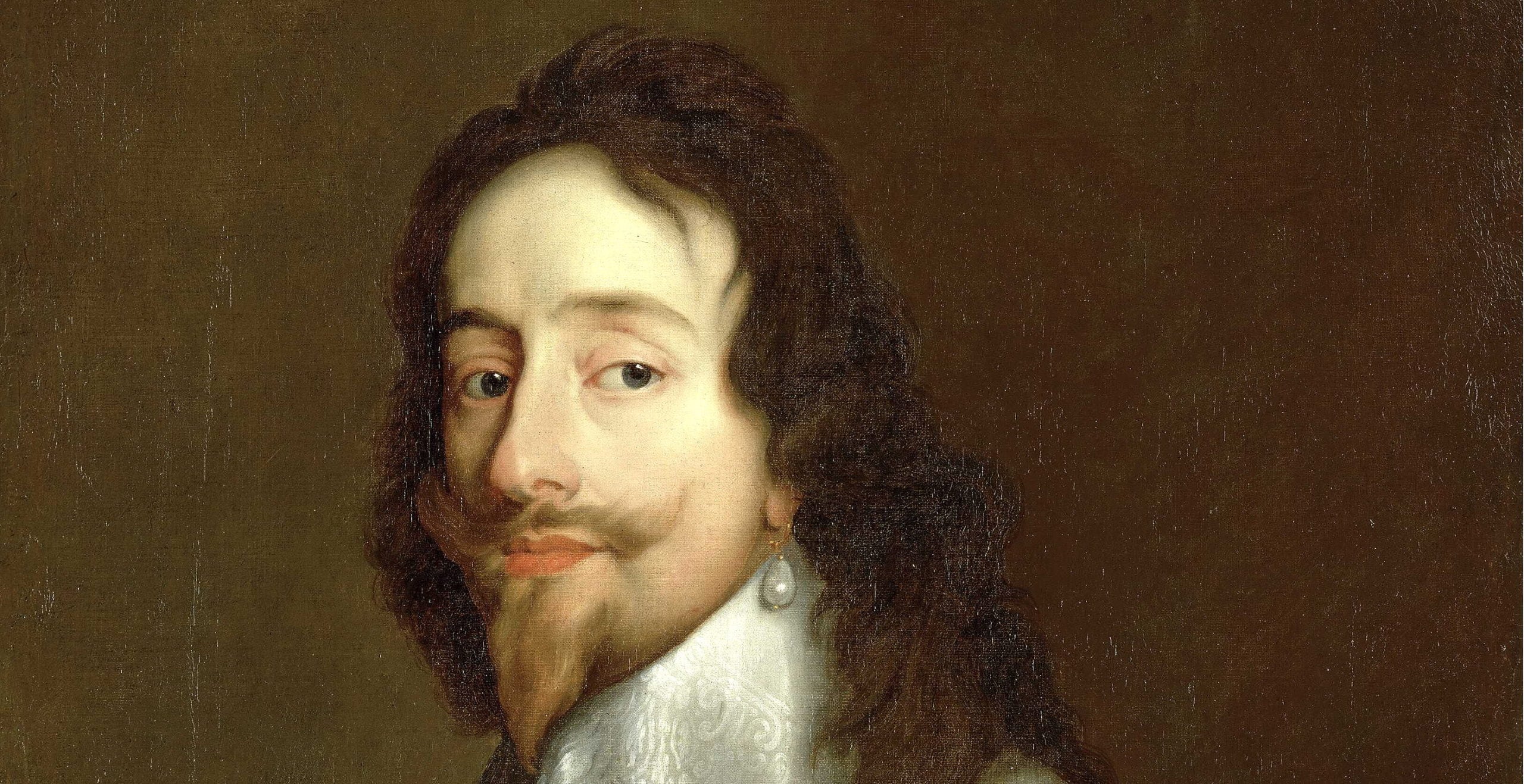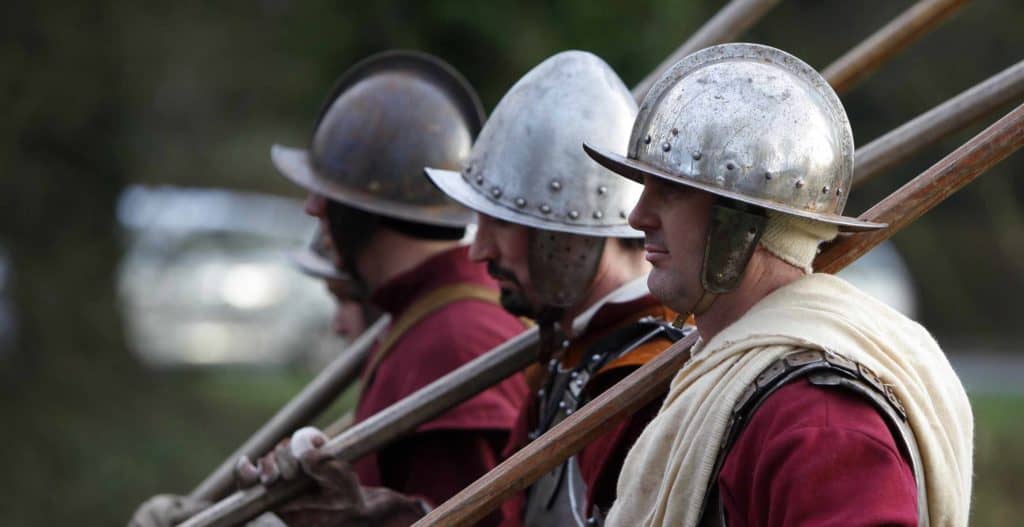On 2nd July 1644 the Battle of Marston Moor, part of the English Civil War, commenced with one much unexpected participant: Prince Rupert’s white poodle called Boy.
Whilst the battle ended in defeat for the Royalist forces under Prince Rupert of the Rhine, his white hunting poodle also became one of the casualties on the battlefield.
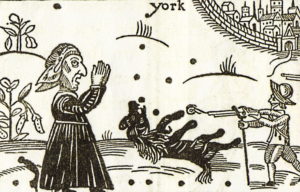
To make matters worse for the prince who had grown attached to his canine companion, the Parliamentarians engaged in a propaganda campaign alleging that the dog had “mystical” properties and likening it to witchcraft and the devil.
The story of this dog and his later notoriety began much earlier in the Austrian city of Linz where Prince Rupert was incarcerated.
Rupert found himself born into a time of great conflict on the European continent, the third son of the German Prince Frederick V and his wife Elizabeth Stuart, who was the daughter of King James VI of Scotland.
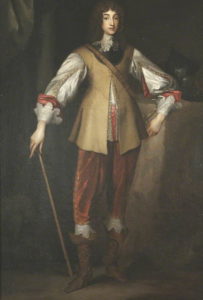
He was born in December 1619, a year after the outbreak of the Thirty Years’ War which was one of the most devastating wars in European history, inflicting massive demographic changes across the continent.
In 1618, Ferdinand II, King of Bohemia had been deposed by Frederick V, Rupert’s father. Whilst the initial fighting was contained within Bohemia, it quickly expanded to the Palatinate and then later further afield.
Rupert, who was growing up in this context would in his youth thus divide his time between the courts of The Hague and England, with his uncle, King Charles I.
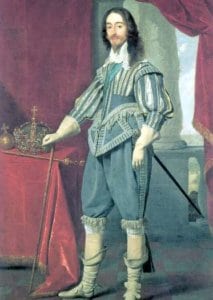
By the time he was fourteen, he had already become a soldier and a year later saw action when he fought at the siege of Rheinberg alongside the Prince of Orange and the Duke of Brunswick.
Rupert would soon gain a formidable reputation in battle: well-known for his courage and passion, he would serve as a military lifeguard to Frederick, Prince of Orange.
By 1637, he would engage in further conflict and fight against the might of imperial Spain. In October, the siege of Breda resulted in a victory for Frederick, Prince of Orange who retook the city.
Whilst Rupert served in various military campaigns, he continued to visit his uncle back in England, by which time there was increasing support for the Palatinate cause.
In the same year as the siege of Breda, an expedition had been funded and Rupert found himself in command of a Palatinate cavalry regiment.
Unfortunately, despite the support he received, including from Lord Craven, a friend of his mother’s, the expedition ended badly for Rupert and his cohort. At the Battle of Vlotho in October 1638, Rupert narrowly escaped losing his life but found himself captured by the enemy under the command of Imperial General Melchior von Hatzfeldt.
After initially trying to bargain his way out of his incarceration, Rupert was forced to accept his imprisonment at the fortress in the modern-day Austrian city of Linz.
His capture came at a time of religious fragility and conflict, with his own mother concerned that during his time in prison he would be forced to convert to Catholicism. Such a fear, did not prove unfounded, as Emperor Ferdinand II sent Jesuit priests to meet with Rupert in a bid to convert him. When such efforts proved futile, the Emperor went as far as offering Rupert his freedom and a position as a General in exchange for his conversion. Such an offer would be met by the same response from Rupert, a resounding no.
Eventually, Rupert’s time in Linz became less strict, particularly when the Archduke Leopold showed him more leniency, going as far as to offer him books and allow him to participate in sports.
Also at this time, Rupert engaged in a romantic liaison with the daughter of Count von Kuffstein, who also happened to be his jailer.
As the conditions of his imprisonment looked more relaxed, the Earl of Arundel sent Rupert a present in order to raise his spirits. The gift from the Earl was in fact a rare white hunting poodle by the name of Boy.
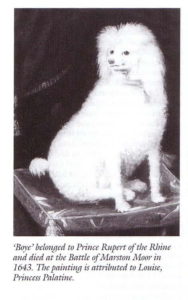
The dog would in time become a loyal companion to Prince Rupert: accompanying him onto the battlefield, he would soon become well-known across the continent.
It was said that even the Ottoman Sultan, Murad IV had been so impressed by the accompaniment of Boy alongside Rupert on his travels, that he requested that his ambassador locate a similar dog.
In the meantime, before leaving Linz, in 1641 Rupert turned down the last-ditch efforts of the Emperor to win his loyalty. He subsequently left the city for England, arriving in Newcastle with his brother, Prince Maurice and of course, his dog Boy in tow.
The dog’s arrival would prove to be quite the spectacle as this type of white hunting poodle at the time was very rare.
Upon arrival in England, Rupert was appointed as the Master of the Horse, a highly valued position in the military at this time.
He would however gain greater fame when he took up the role as a Royalist commander after the outbreak of the English Civil War.
Despite his lack of maturity, he still made a great impact and became a symbolic representative of the Royalist Cavalier.
Moreover, this imagery was enhanced by the enduring presence of his lucky mascot, the white poodle Boy who had a prominent position in the numerous campaigns in which Rupert was engaged.
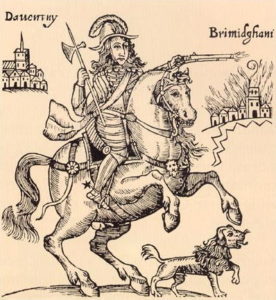
So much so, he would become the main subject of the Parliamentarian propaganda campaign against the Royalists.
Whilst this time in Europe was rife with superstition, accusations began to circulate of the dog’s “supernatural” powers, likening it to witchcraft and with some even going as far as to claim that it was the Devil in disguise.
He had become an iconic figure with many different accounts of his abilities and notable skills. Whilst the Royalists celebrated their canine companion’s presence, the Parliamentarians scare-mongered about his mysterious abilities.
So much so that Royalist satirists would ridicule these superstitions further, with the likes of John Cleveland, a well-known political satirist and poet, claiming Prince Rupert’s dog had some kind of shape-shifting abilities, a mockery of the fear evoked by the Parliamentarian propaganda.
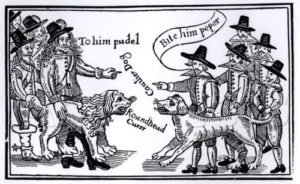
Other wild claims circulated including that he was a reincarnation of a “Lapland Lady” who had been mysteriously transformed into a dog.
Moreover, the rumours of Boy’s prophesising powers would rival the great soothsayer of the day, Mother Shipton.
Prince Rupert’s dog had acquired an almost cult like status, and with a great legend building around the dog and his innate survival abilities, many of the stories began to take on a life of their own.
For the Royalists who fought in the English Civil War, Boy’s presence on the battlefield was seen as a positive, lucky symbol, so much so that he became a kind of army mascot, promoted to the rank of Sergeant-Major-General.
Amongst the Royalists, he was seen as a great attribute and not only a companion for Prince Rupert who was said to have shared his bed with him. He became an important part of the royal household, liked by Charles I and played with by the children.
This lucky white poodle lived a good life on the road with his master, sharing his bed and being fed only the finest cuts of roast beef and capon.
Sadly, this was all about to come to an end when he tragically died at the Battle of Marston Moor in 1644, leaving Prince Rupert grieving the loss of his canine and Royalist mascot.
Unfortunately, the Parliamentarian propaganda leaflets which claimed Boy could not be beaten by weapons turned out to be a fallacy and the little white poodle lost his life after pursuing his owner onto the battlefield.
He had supposedly been tied up at the Royalist camp, however he had managed to escape and pursue Rupert.
With the battle not going in the Royalists favour, Rupert was forced to flee however Boy got caught up in the fighting and died on 2nd July 1644.
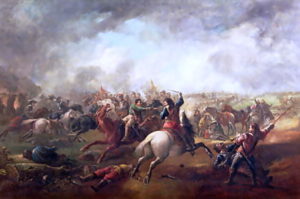 Battle of Marston Moor
Battle of Marston Moor
At Marston Moor, Rupert had been dealt a terrible and decisive military blow, the first major Royalist defeat which gave the Parliamentarians a great strategic advantage as they now controlled the north.
Rupert had lost much that day, both on the battlefield and his faithful companion Boy. He would be greatly affected by his defeat and loss which seemed to be incredibly symbolic.
The loss of the dog would be noted on all sides and was depicted in contemporary woodcuttings as this much talked about public figure had now met his demise.
As the English Civil War raged on and more battles were won and lost, the white hunting dog Boy would become etched into English military memory as the first official British Army Dog, a touching tribute to an army mascot, a legend of the Royalist cause and more importantly Prince Rupert’s faithful canine companion.
Jessica Brain is a freelance writer specialising in history. Based in Kent and a lover of all things historical.
Published: 16th September 2021
